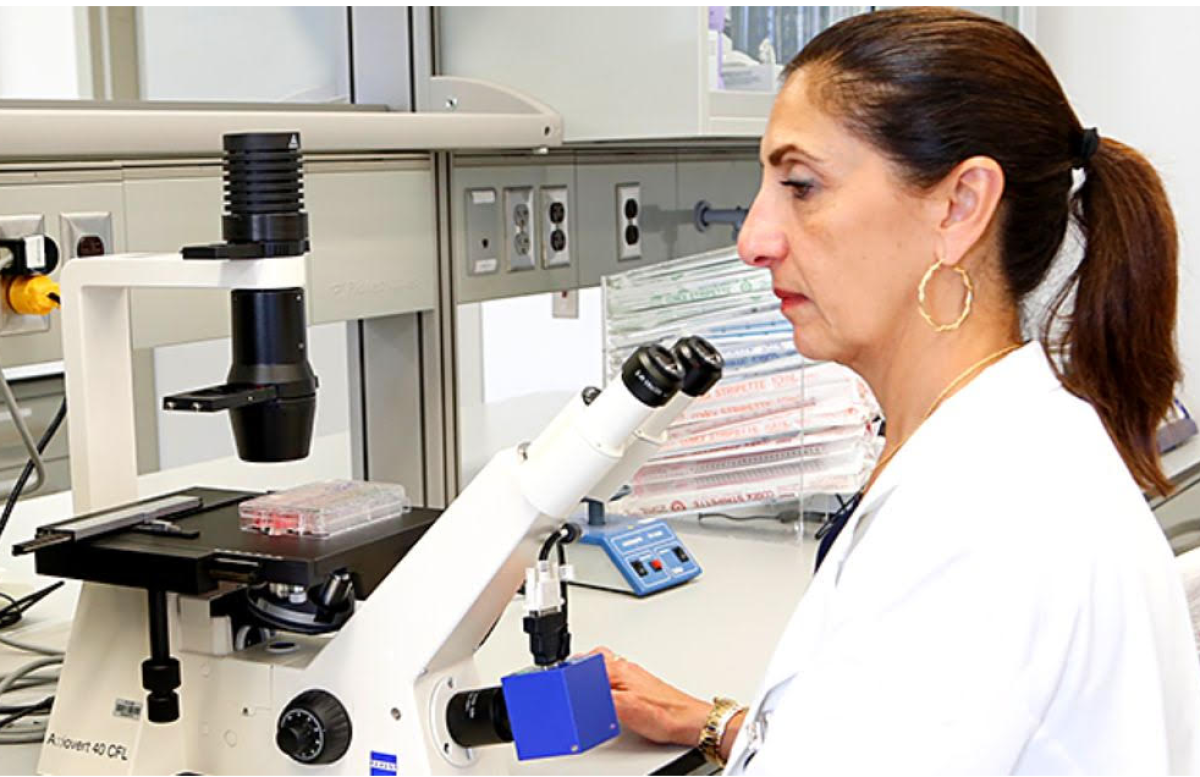Mustafa(pbuh) Prize laureate explores MS societal costs in her motherland


The economic burden of Multiple Sclerosis (MS) has been extensively assessed in high-income countries (HICs); however, scarcely do we have such data from low–and middle-income countries (LMICs) like Lebanon.
MSTF media reports
In a recent study, a team including Samia J. Khoury, has tried to assess the societal costs of MS in Lebanon, encompassing all direct medical, non-medical, and indirect costs. Using the Expanded Disability Status Scale (EDSS), the costs are categorized by disease severity. The EDSS is a method of quantifying disability in MS and monitoring changes in the level of disability over time. EDSS scores of 0–3, 4–6.5, and 7–9 respectively indicate mild, moderate, and severe MS.
Generally, EDSS 1.0 to 4.5 refer to MS patients who are able to walk without any aid and is based on measures of impairment in eight Functional Systems (FS). An FS represents a network of neurons in the brain responsible for particular tasks. Each FS is scored on a scale of 0 (no disability) to 5 or 6 (more severe disability). The eight functional systems are primarily pyramidal, cerebellar, and brainstem. Pyramidal impairment results in muscle weakness or difficulty moving limbs, while cerebellar impairment is marked by ataxia, loss of balance, coordination or tremor. Impairment to brainstem causes problems with speech, swallowing and nystagmus. Next levels of damage to FS include sensory impairment which results in numbness or loss of sensations in addition to damage targeting cerebral functions that leads to problems with thinking and memory. Finally, measures of impairment regarding bowel and bladder function as well as visual function are evaluated in EDSS. EDSS 5.0 to 9.5 are defined by the impairment to walking. The scale is sometimes criticized for its reliance on walking as the main measure of disability.
The results indicated that 55%, 32%, and 13% of Lebanese patients respectively had mild, moderate, and severe MS, with a mean EDSS of 3.1 (2.7). The study confirms that Disease-Modifying Treatments (DMTs) were the main cost driver in mild EDSS, representing 45.7% of the total cost, while productivity losses were the main cost driver in moderate and severe EDSS (48.4% and 43.2% of the total costs, respectively). Accordingly, studies on the burden of MS indicate that consumption of healthcare resources and associated costs increase with higher EDSS scores.
This research, pioneering in assessing the costs of MS in Lebanon from a societal perspective, reveals the huge economic burden of MS on the Lebanese healthcare system and society. High total annual costs per patient was reported to be 12.4 times higher than the nominal GDP per capita. A notable aspect was that the total annual costs per patient increased with disease severity. According to this paper, the high burden of MS shall draw the public’s attention to the precise economic impact that MS poses on Lebanese society in general, and specifically in light of the prevailing crises that further contributed to the scarcity of health resources.